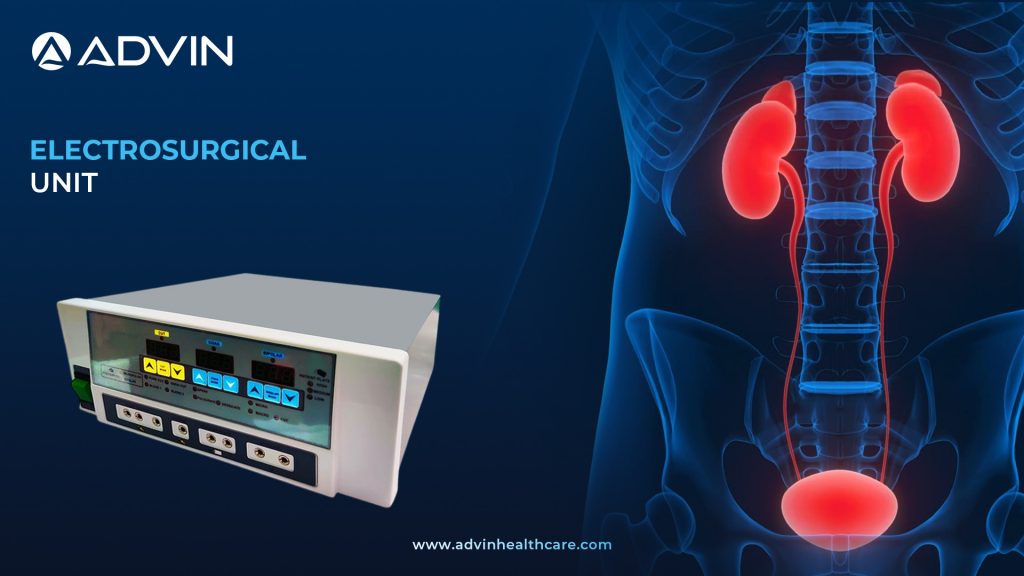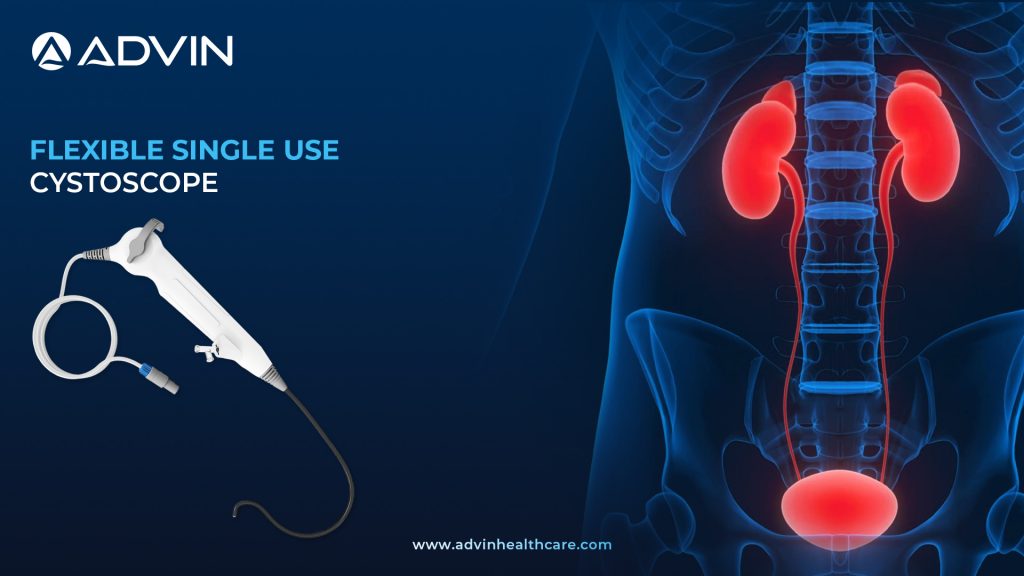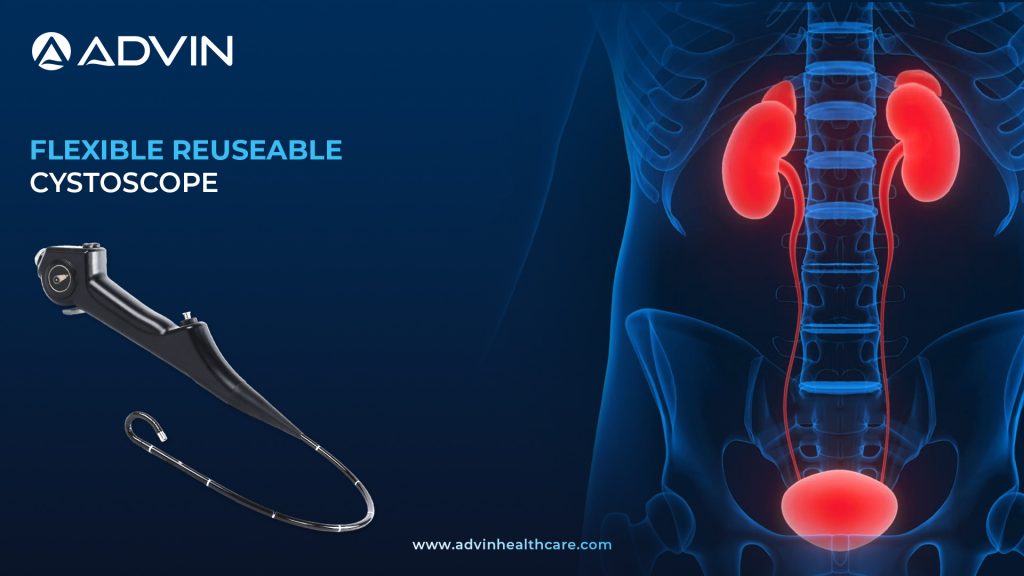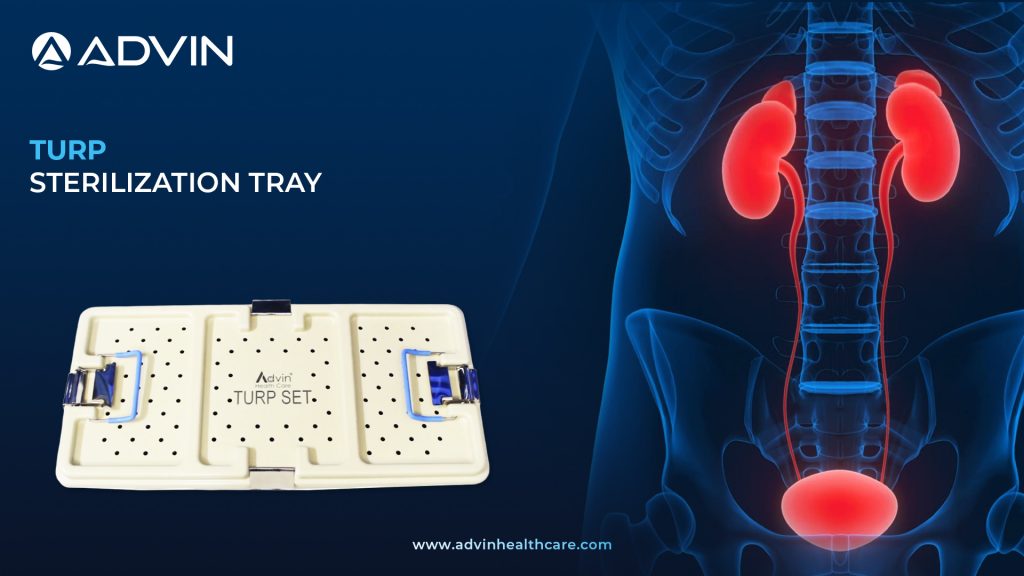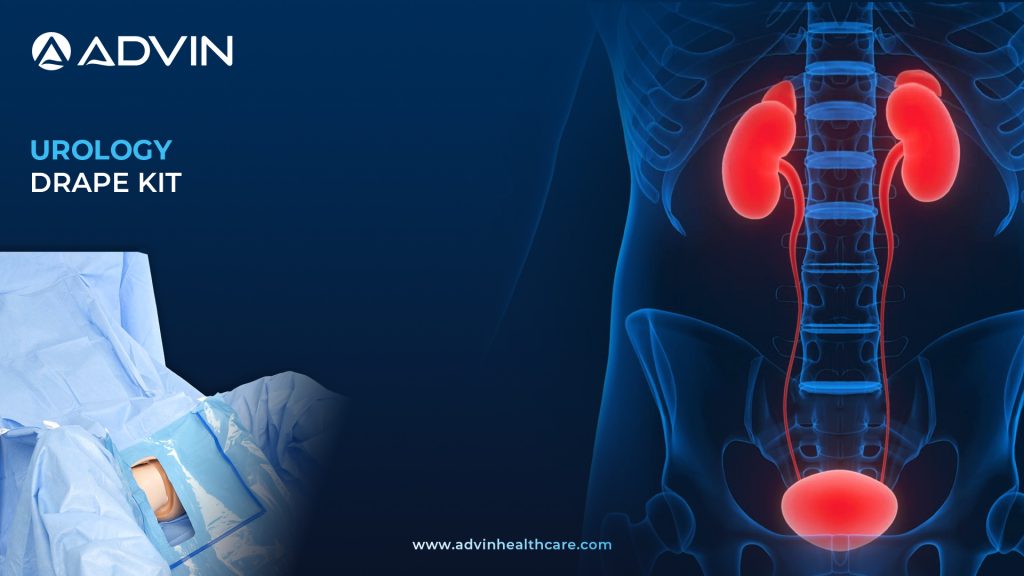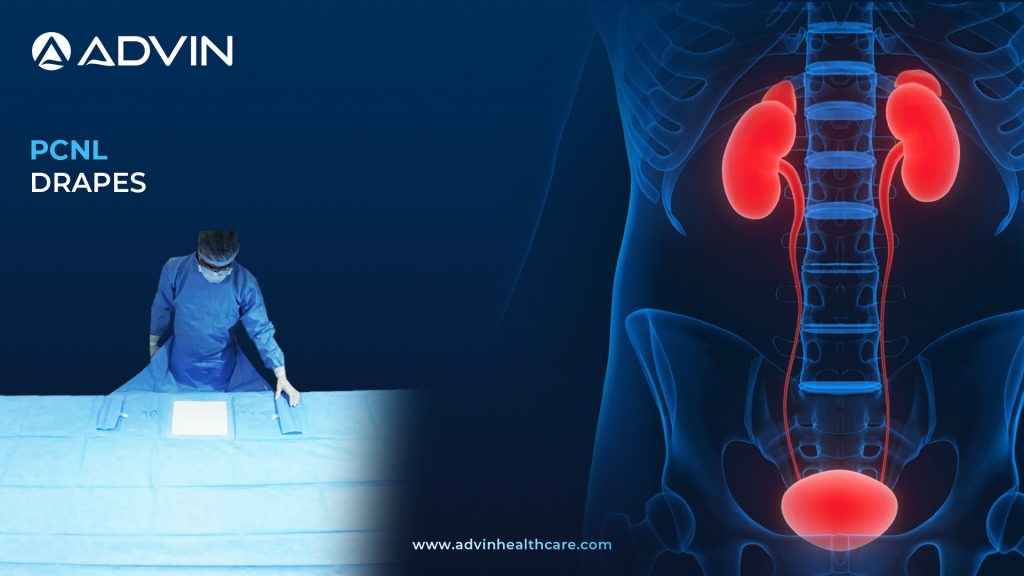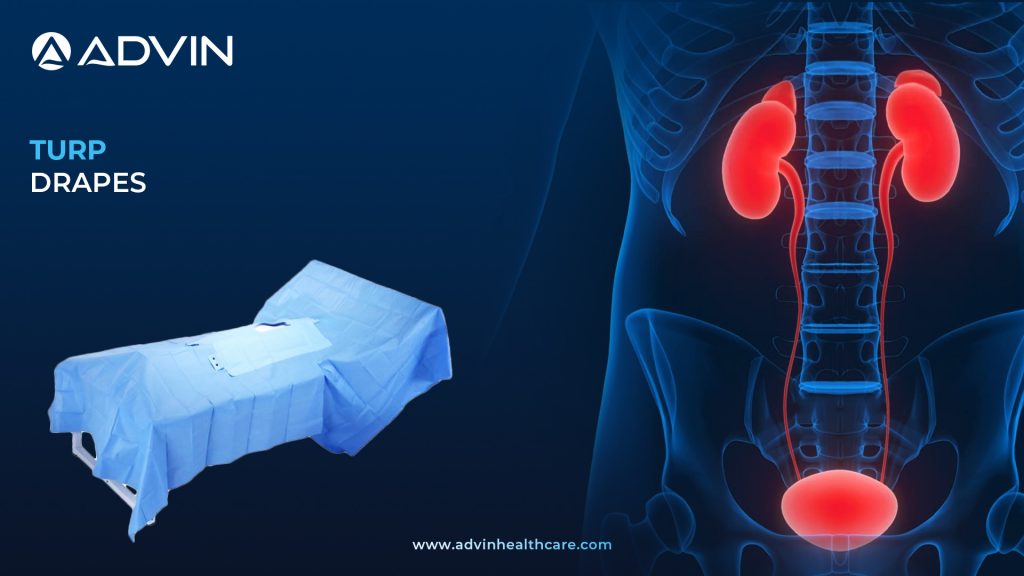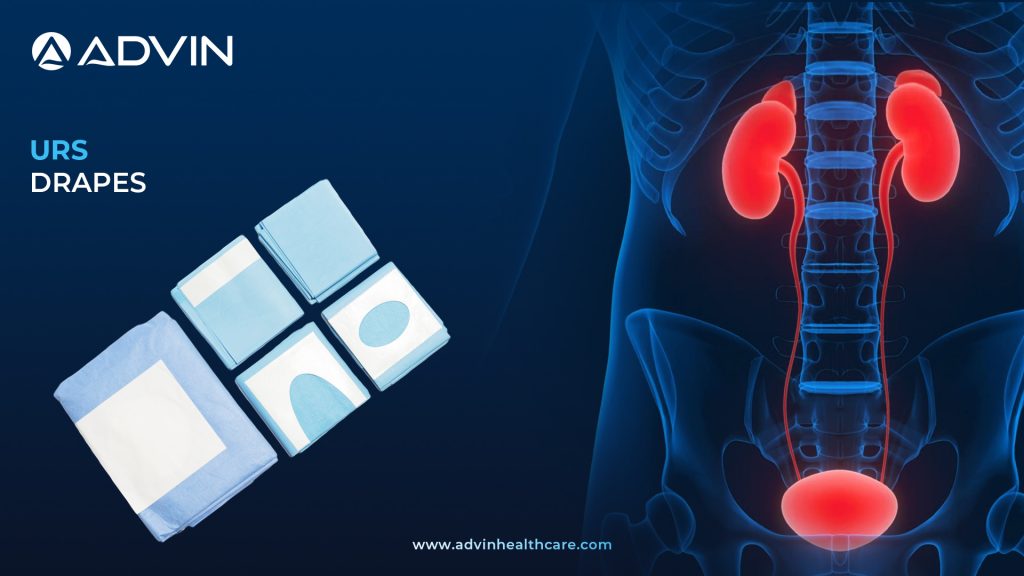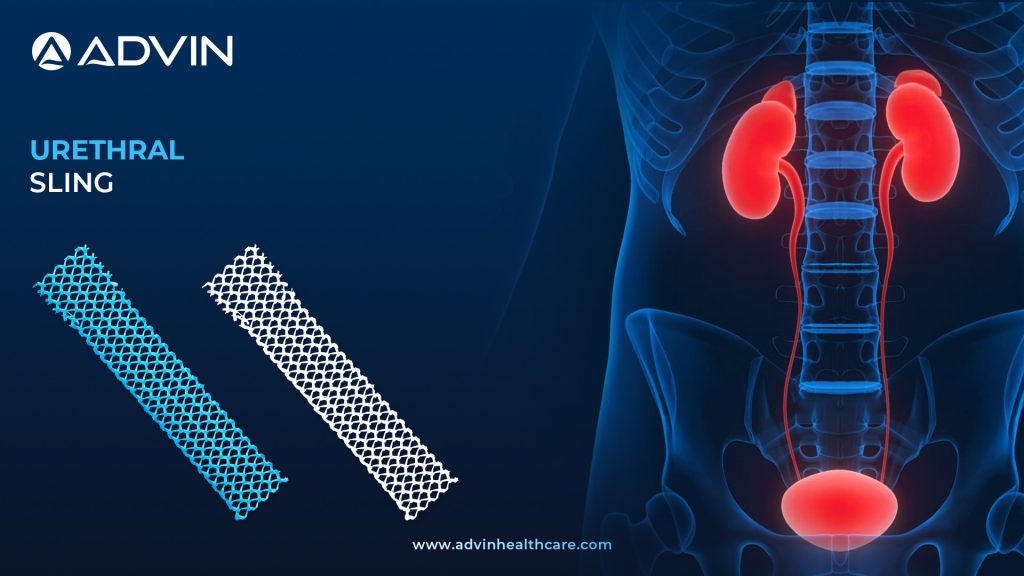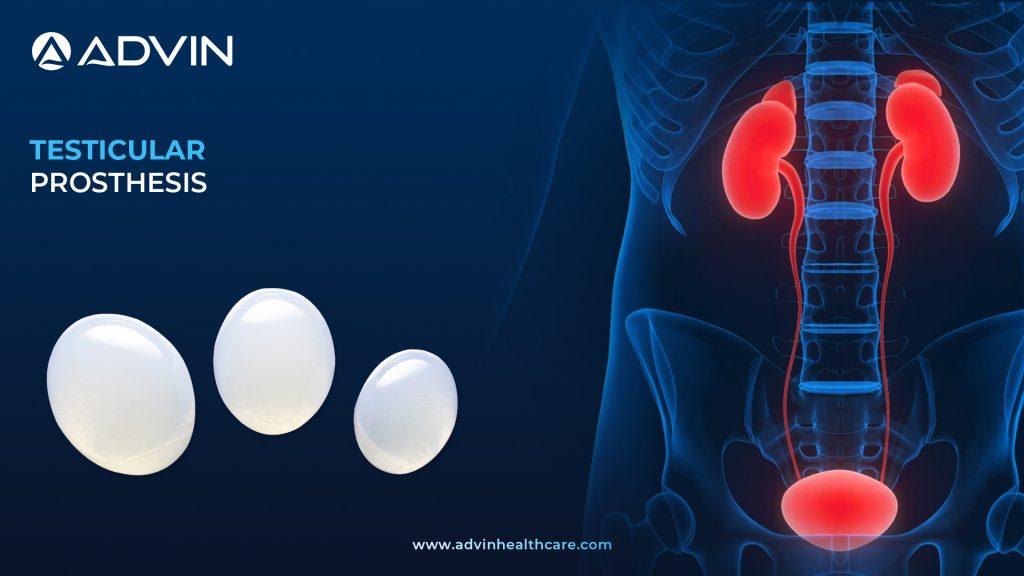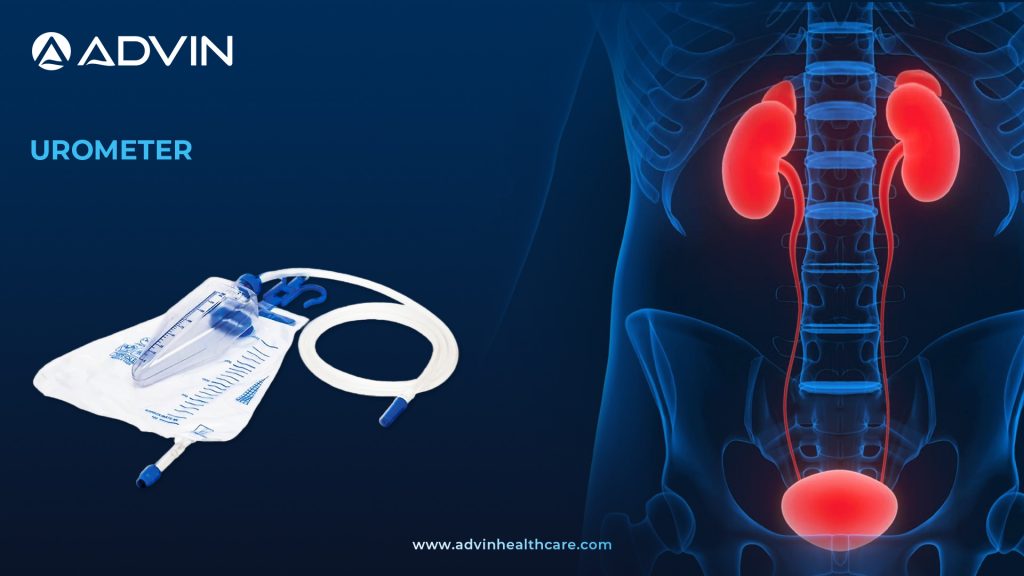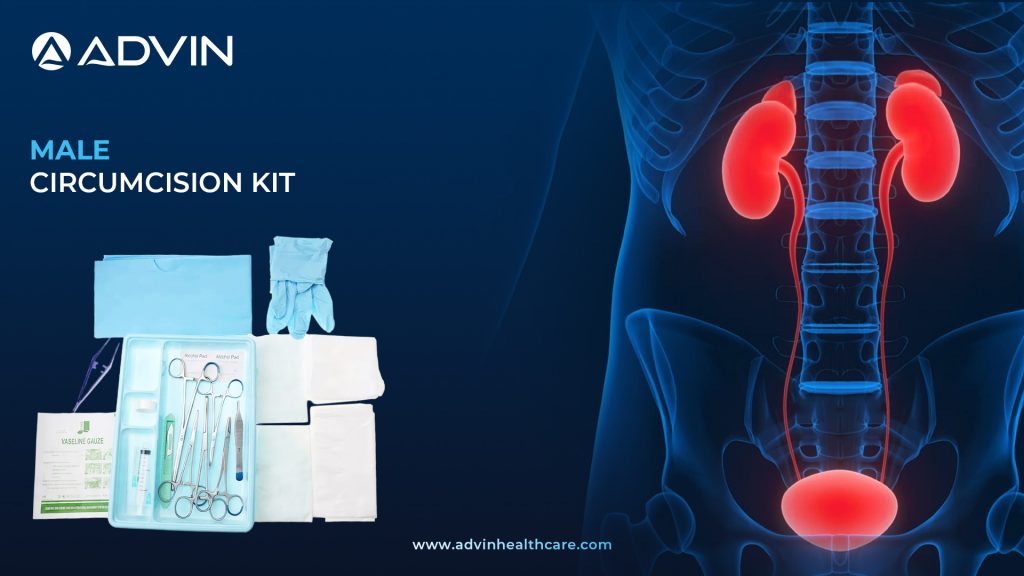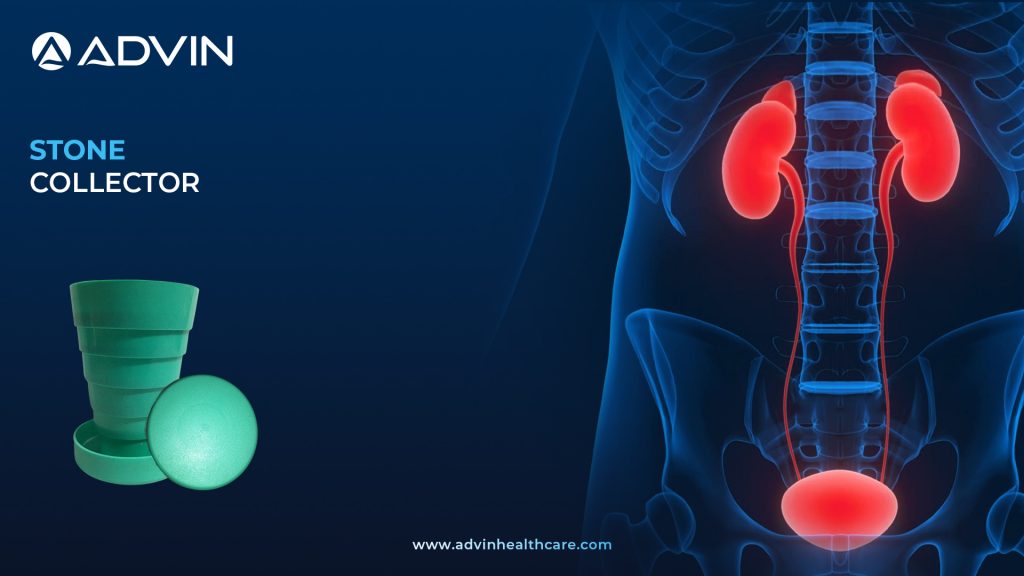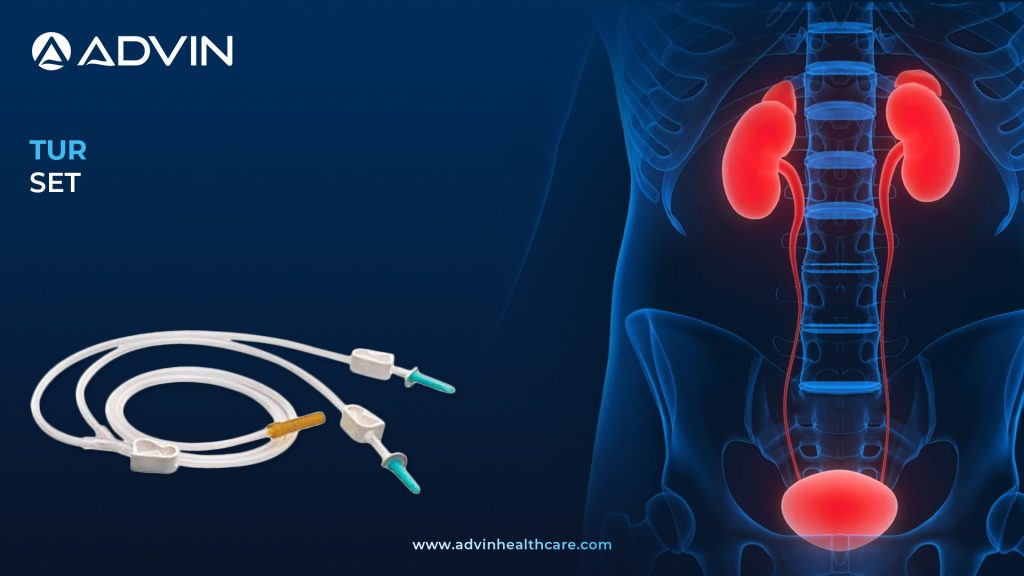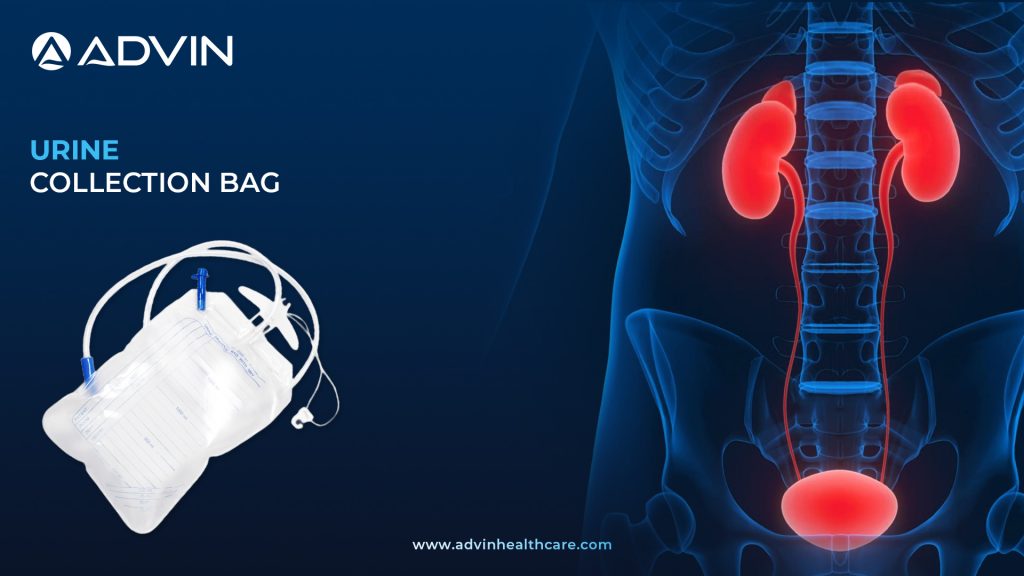Electrosurgical Unit – Advanced Technology for Modern Surgery
 Advin Health Care
Advin Health Care
 September 18, 2025
September 18, 2025
Introduction to Electrosurgical Unit - Precision Cutting & Coagulation in Surgery The Electrosurgical Unit (ESU) is a medical device used to cut, coagulate, or ablate tissue during surgical procedures using high-frequency electrical current. It enables precise control, minimizing bleeding and improving surgical efficiency. The ESU is essential for various urology,...
Read More
Flexible Single Use Cystoscope: Redefining Safety & Efficiency in Urology
 Advin Health Care
Advin Health Care
 September 18, 2025
September 18, 2025
Introduction to Flexible Single Use Cystoscope - A Modern Solution for Diagnostic & Therapeutic Cystoscopy The Flexible Single Use Cystoscope is a disposable medical device used for diagnostic and therapeutic procedures in the urinary bladder and urethra. It eliminates the need for reprocessing, reducing the risk of cross-contamination. With its...
Read More
Flexible Reusable Cystoscope – Advanced Visualization in Urology
 Advin Health Care
Advin Health Care
 September 16, 2025
September 16, 2025
Introduction to Flexible Reusable Cystoscope - Advanced Visualization for Bladder Examination The Flexible Reusable Cystoscope is an advanced endoscopic instrument used for direct visualization of the bladder and urethra. It allows urologists to perform diagnostic and therapeutic procedures with enhanced flexibility, control, and patient comfort. The reusable design ensures cost-effectiveness...
Read More
TURP Sterilization Tray – Safe & Organized Instrument Management
 Advin Health Care
Advin Health Care
 September 15, 2025
September 15, 2025
Introduction to TURP Sterilization Tray - Organized Sterility for Endourology Instruments The TURP Sterilization Tray is a specially designed medical tray used for the safe storage, organization, and sterilization of instruments used in Transurethral Resection of the Prostate (TURP) procedures. It is made of durable, medical-grade materials that withstand repeated...
Read More
URS Sterilization Tray – Essential for Safe Ureterorenoscopy Procedures
 Advin Health Care
Advin Health Care
 September 15, 2025
September 15, 2025
Introduction to Pediatric TURP Resectoscope Set - Specialized Design for Young Patients The URS Sterilization Tray is a specially designed medical tray used for the safe organization, cleaning, sterilization, and storage of URS (Ureterorenoscopy) instruments. It is made of high-quality, medical-grade materials that withstand repeated autoclaving and sterilization cycles without...
Read More
Cystoscopy Sterilization Tray – Safe & Efficient Instrument Management
 Advin Health Care
Advin Health Care
 September 12, 2025
September 12, 2025
Introduction to Cystoscopy Sterilization Tray - Safe Storage & Sterilization for Endoscopic Instruments The Cystoscopy Sterilization Tray is a specially designed container used for sterilizing and storing delicate cystoscopy instruments. It provides safe organization, protection, and proper sterilization during medical procedures. The tray ensures instruments remain sterile and ready for...
Read More
Urology Drapes & Kits – Essential Disposable Solutions for Urological Surgeries
 Advin Health Care
Advin Health Care
 September 11, 2025
September 11, 2025
Introduction to Urology Drapes & Kit - Complete Sterile Solutions for Urological Procedures Urology Drapes & Kits are sterile, single-use drapes and customized packs designed specifically for urology procedures. They include specialized drapes such as TURP drapes, PCNL drapes, URS drapes, and stone management drapes. These kits ensure complete infection...
Read More
PCNL Drape – Essential Sterile Drape for Percutaneous Nephrolithotomy
 Advin Health Care
Advin Health Care
 September 10, 2025
September 10, 2025
Introduction to PCNL Drape - Sterile Protection for Percutaneous Nephrolithotomy A PCNL Drape is a sterile, disposable drape specifically designed for Percutaneous Nephrolithotomy (PCNL) surgeries. It provides a protective covering and sterile barrier during the procedure, ensuring patient safety and infection control. The drape includes a fluid collection pouch, adhesive...
Read More
TURP Drape – Essential Sterile Drape for Prostate Surgery
 Advin Health Care
Advin Health Care
 September 10, 2025
September 10, 2025
Introduction to TURP Drape - Sterile Draping Solution for Transurethral Resection Procedures A TURP Drape is a sterile, disposable drape designed for Transurethral Resection of the Prostate (TURP) surgery. It provides a sterile barrier and fluid control during the procedure. The drape ensures patient safety, infection prevention, and ease of...
Read More
URS Drape – Essential Disposable Drape for Ureterorenoscopy Procedures
 Advin Health Care
Advin Health Care
 September 8, 2025
September 8, 2025
Introduction to URS Drape - Sterile Cover for Safe Ureterorenoscopy Procedures A URS Drape is a sterile surgical drape designed for use during ureteroscopy (URS) procedures. It provides a protective barrier to maintain a sterile field and prevent contamination. The drape is made from medical-grade, fluid-resistant material for patient and...
Read More
Urethral Sling – Advanced Treatment for Stress Urinary Incontinence
 Advin Health Care
Advin Health Care
 September 8, 2025
September 8, 2025
Introduction to Urethral Sling - A Proven Solution for Stress Urinary Incontinence (SUI) A Urethral Sling is a surgical implant used to treat stress urinary incontinence (SUI) in both men and women. It works by providing support to the urethra and improving bladder control. The sling is made of biocompatible...
Read More
Testicular Prosthesis – Materials, Safety & Long-Term Results
 Advin Health Care
Advin Health Care
 September 6, 2025
September 6, 2025
Introduction to Testicular Prosthesis - Restoring Confidence with Natural Aesthetics A Testicular Prosthesis is a medical implant designed to replace a missing or removed testicle. It is placed surgically inside the scrotum to provide a natural appearance. The prosthesis is usually made of biocompatible silicone material to ensure comfort and...
Read More
Penile Prosthesis – Advanced Solution for Erectile Dysfunction
 Advin Health Care
Advin Health Care
 September 6, 2025
September 6, 2025
Introduction to Penile Prosthesis - Advanced Solution for Erectile Dysfunction (ED) A Penile Prosthesis is a medical implant used to treat erectile dysfunction (ED) in men when medications or other treatments are not effective. It is surgically placed inside the penis to restore the ability to achieve an erection. The...
Read More
Urometer – Accurate Measurement of Urine Output in Critical Care
 Advin Health Care
Advin Health Care
 September 3, 2025
September 3, 2025
Introduction to Urometer - Precision Urine Measurement for Clinical Accuracy A Urometer is a specialized urine collection system with a built-in measurement chamber for accurate monitoring of urine output. It is widely used in ICU, critical care, and post-surgical patients where precise urine measurement is essential. The device combines a...
Read More
Male Circumcision Kits – Complete Solution for Safe & Hygienic Circumcision
 Advin Health Care
Advin Health Care
 September 2, 2025
September 2, 2025
Introduction to Male Circumcision Kits - Comprehensive Solution for Safe Procedures A Male Circumcision Kit is a complete, sterile set of instruments and consumables required for performing circumcision procedures. Circumcision is the surgical removal of the foreskin from the male penis and is performed for medical, cultural, or religious reasons....
Read More
Ileostomy Surgery – Effective Treatment for Severe Gastrointestinal Conditions
 Advin Health Care
Advin Health Care
 September 3, 2025
September 3, 2025
Introduction to Ileostomy Ileostomy is a surgical procedure in which the end of the small intestine (ileum) is brought through the abdominal wall to create an opening, known as a stoma. This allows waste to bypass the colon and exit the body through a stoma bag. Ileostomy may be temporary...
Read More
Stone Collector – Essential Device for Safe Stone Retrieval in Urology
 Advin Health Care
Advin Health Care
 September 1, 2025
September 1, 2025
Introduction to Stone Collector - Essential Device in Urology Stone Procedures A Stone Collector is a specialized medical device used during urological endoscopic procedures for the collection and retrieval of urinary calculi (kidney stones, ureteral stones, or bladder stones). It provides a closed, sterile system that safely collects fragmented stones...
Read More
TUR Set – Complete Solution for Transurethral Resection Procedures
 Advin Health Care
Advin Health Care
 August 30, 2025
August 30, 2025
Introduction to TUR Set - Essential Instrument Set for Urological Surgery A Urine Collecting Bag is a medical device used to collect and store urine from patients who require assistance with bladder drainage. It is commonly connected to a Foley catheter, suprapubic catheter, or external catheter. Designed for both hospital...
Read More
Endoscopic Full-Thickness Resection (EFTR) – A Modern Approach to GI Lesion Removal
 Advin Health Care
Advin Health Care
 August 30, 2025
August 30, 2025
Introduction to EFTR Endoscopic Full-Thickness Resection (EFTR) is an advanced therapeutic endoscopic technique used to remove deep or complex gastrointestinal (GI) lesions. Unlike traditional endoscopic procedures, EFTR allows complete resection of all layers of the GI wall, ensuring precise removal of tumors or polyps. It has become an important alternative...
Read More
Urine Collecting Bag – A Complete Guide to Types, Uses & Benefits
 Advin Health Care
Advin Health Care
 August 30, 2025
August 30, 2025
Introduction to Urine Collecting Bag - Essential Device for Urinary Drainage A Urine Collecting Bag is a medical device used to collect and store urine from patients who require assistance with bladder drainage. It is commonly connected to a Foley catheter, suprapubic catheter, or external catheter. Designed for both hospital...
Read More

